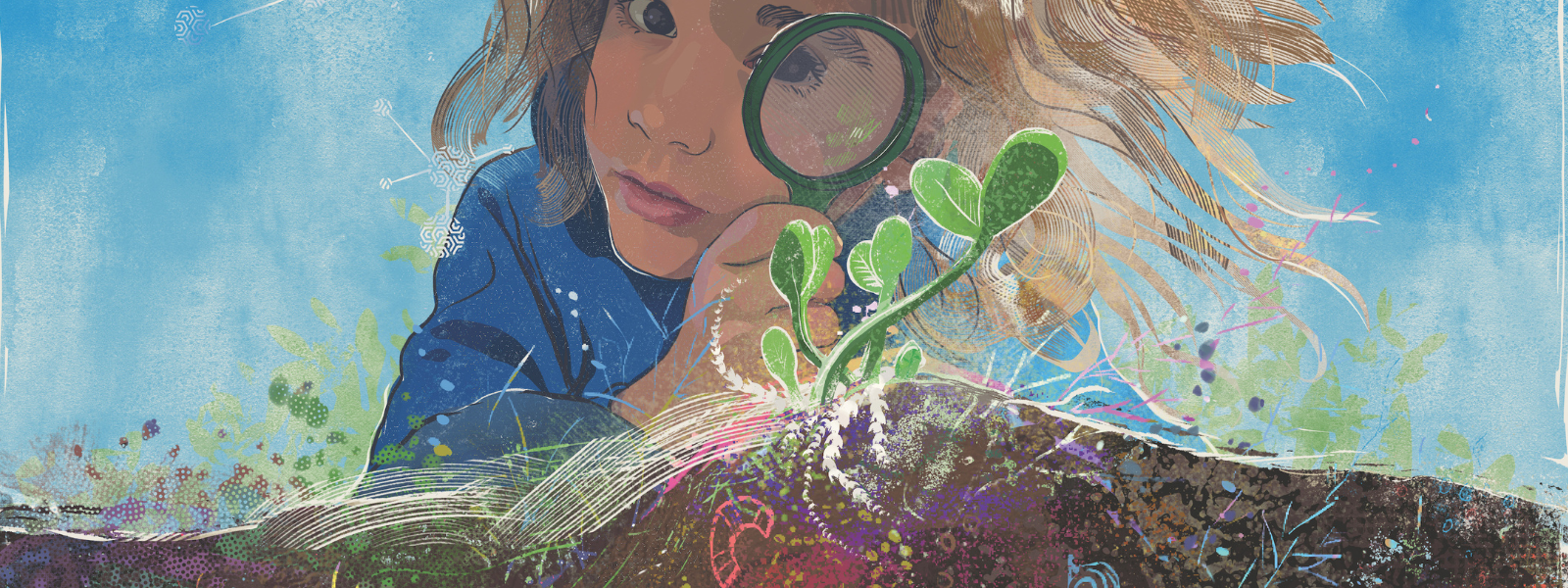
Tips
You searched for frost and found 16 tips.
- Gilfeather Turnips: All About Them – The Gilfeather turnip, a rutabaga-turnip hybrid, is a root vegetable that is normally harvested after the first hard frost of the season. It is white rather than yellow inside, and it is sweet and creamy, not having the bite of a normal turnip. Read more →
- Green Garlic – Green garlic is garlic that is harvested before the scape (the flower bud) and bulb form. The bulb and the tender parts of the greens are delicious. Use them as you would scallions or leeks. Green garlic is sometimes called domestic ramps as they are similar in taste to wild ramps (a short-season wild leek with a garlicy taste). Read more →
- Hardening Off Plants – Remember to harden off your plants! Any plants you buy from inside of a greenhouse have not been hardened off, those that are sold from outside have likely been conditioned to the cold weather and are ready to be outside. Read more →
- Planting Garlic – As the winters get shorter, we plant our garlic later. It used to be late September as the nights begin to cool and the light fades, but these days the best time to plant your garlic in the northern New England climate is more like mid October to early November. Encouraging strong root growth before the freeze helps to sustain healthy and vigorous spring growth. Seeing the first garlic shoots in the spring is one of our earliest spring green pleasures on the farm. Read more →
- Soil Testing – Soil fertility is an important part of maintaining a healthy garden. To best manage your soil fertility, start with a simple soil test. Read more →
- Succession Planting – Succession planting is a way to make the most of the space in your garden and always have tender, ripe crops to eat. Learn some tips from Cat about extending the harvest window in your garden for a variety of crops. This can also give you a little relief if you feel stressed about getting your garden in all at once. You aren’t late, you’re succession planting. Read more →
